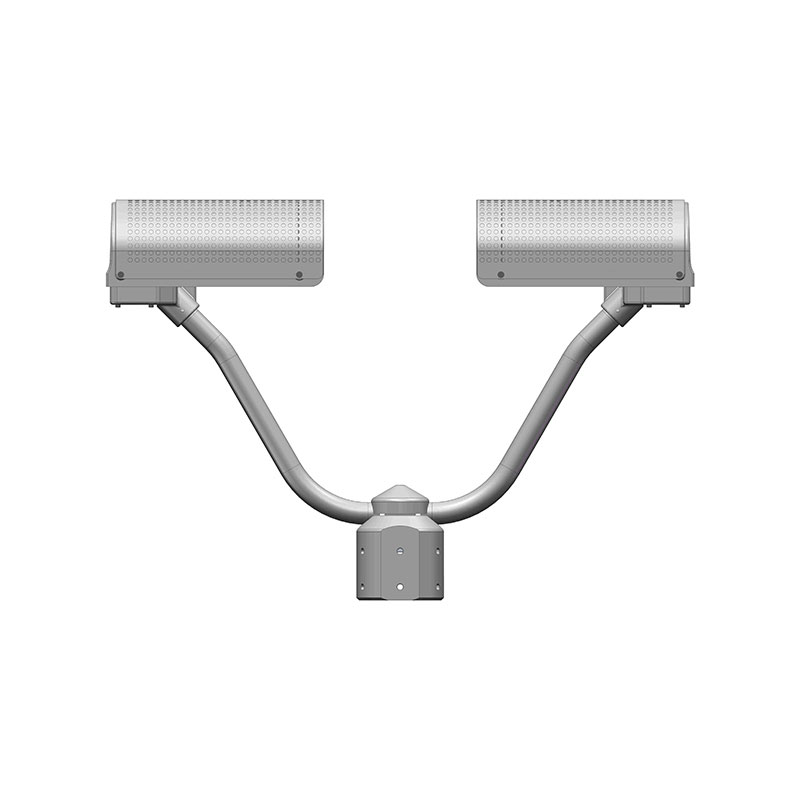Tianqiong Sensor IOT Technology Co., Ltd
Sales Manager:Ms. Emily Wang
Cel,Whatsapp,Wechat:+86 15898932201
Email:info@fengtutec.com
Add:No. 155 Optoelectronic Industry Accelerator, Gaoxin District, Weifang, Shandong, China

Sales Manager:Ms. Emily Wang
Cel,Whatsapp,Wechat:+86 15898932201
Email:info@fengtutec.com
Add:No. 155 Optoelectronic Industry Accelerator, Gaoxin District, Weifang, Shandong, China

Model:FT-YD1
Brand:tianqiong
1.Precipitation weather phenomenon instrument product introduction
Precipitation weather phenomenon instrument is used for weather monitoring and can measure the size, shape and falling speed of individual precipitation particles.The Precipitation weather phenomenon instrument is a sensor that automatically and continuously monitors the precipitation particle spectrum and precipitation weather phenomenon.Its working principle is to actively emit infrared light bands, and calculate the spectral distribution of the drop speed and size of precipitation particles by measuring the changes in light energy received when they pass through the light bands, and automatically determine the output precipitation weather phenomenon based on the empirical model of the precipitation particle spectrum.
2.Functional features of the Precipitation weather phenomenon instrument
The Precipitation weather phenomenonon instrument adopts an integrated design, which is small in size and convenient to install; stable performance, accurate data and strong environmental adaptability; the transmitting and receiving ends are covered with a unique splash shield to effectively prevent precipitation particles from splashing into the sampling area; professional application software can be optionally used to receive instrument observation results and display raindrop spectra imagery; standard calibration devices can be optionally equipped.
3.Precipitation weather phenomenon instrument application field
It is suitable for scientific research institutes, artificial weather-affected fields, and can effectively monitor the types of precipitation and provide early warning for disaster prevention and mitigation.
4.Precipitation weather phenomenon instrument technical parameters
| Physical specifications | ||
| Dimensions (length, width, height) | 660mm×450mm×120mm | |
| weight | ≤7kg | |
| Measure performance | ||
| Measurement range | Particle size (liquid) | 0.2~5mm |
| Particle size (solid) | 0.2~25mm | |
| speed | 0.2~20m/s | |
| Measurement error | ±5% (liquid), ±20% (solid) | |
| Particle size distribution | 32 particle size levels, 32 speed levels | |
| Precipitation type | Drizzle, rain, sleet, snow, hail, distinguish intensity | |
| Precipitation type identification accuracy | Automatic recognition rate is greater than 90% | |
| Precipitation intensity | 0~999 mm/h | |
| Weather code (output) | WMO4680 (default), optional WMO4677 or NWS | |
| Weather code output interval | 60s (default), adjustable 10s ~ 60min | |
| Electrical performance | ||
| power supply | DC12~24V | |
| Power consumption | ≤4W@24V (when not heated), ≤80W@24V (when heated) | |
| Communication interface | RS232/RS485 | |
| Environmental adaptability | ||
| Operating temperature | ﹣40~50℃ | |
| Working humidity | 0~100%RH | |
| Storage temperature | ﹣40~50℃ | |
| Storage humidity | 0~100%RH | |
| Protection level | IP65 | |
The weather stations used in the agricultural field are called Agricultural Weather Stations. In order to better serve agricultural production, in addition to the conventional meteorological elements, Agricultural Weather Stations will also focus on increasing the monitoring of soil-related elements...
FT-WQX7, All-in-One Weather SensorsThe top cover hidden ultrasonic probe with physical shielding structure can effectively prevent rain and snow from accumulating on the probe surface to interfere with signal transmission and reception, and reduce the turbulence effect caused by direct impact of nat...
Within the meteorological observation system, meteorological stations encompass various types such as National Climate Observatories, National Reference Climate Stations, National Basic Meteorological Stations, National Meteorological Observation Stations, and Regional Automatic Meteorological Stati...
The Portable Weather Station enhances monitoring convenience and efficiency with its lightweight, integrated design, meeting the demand for rapid and accurate acquisition of meteorological data across multiple fields.The core of achieving the lightweight and integrated design of such devices lies in...